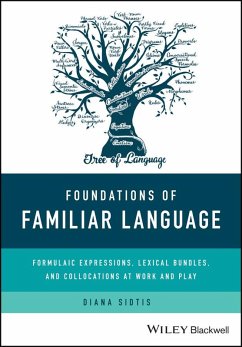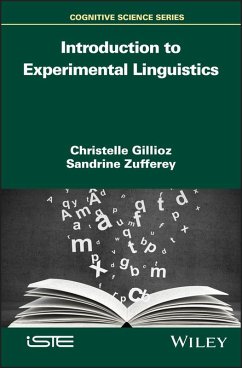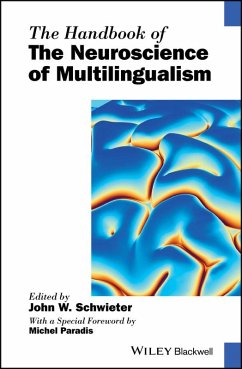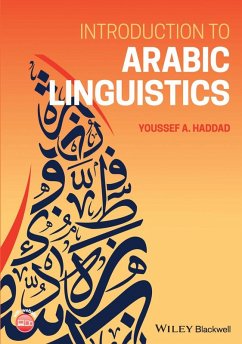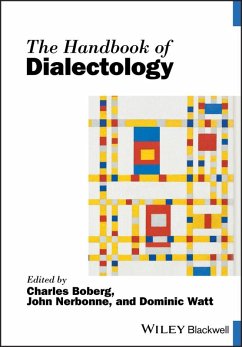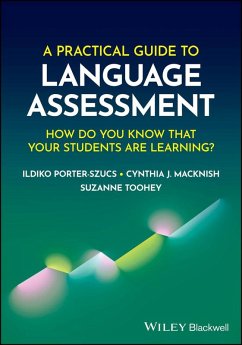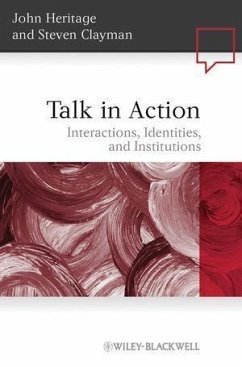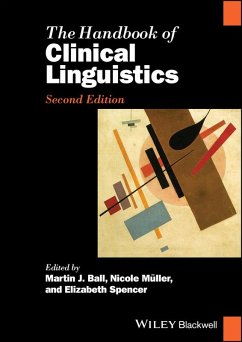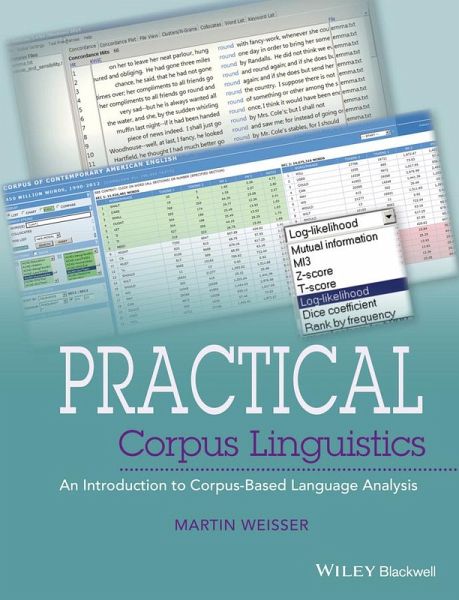
Practical Corpus Linguistics (eBook, PDF)
An Introduction to Corpus-Based Language Analysis
Versandkostenfrei!
Sofort per Download lieferbar
46,99 €
inkl. MwSt.
Weitere Ausgaben:

PAYBACK Punkte
0 °P sammeln!
This is the first book of its kind to provide a practical and student-friendly guide to corpus linguistics that explains the nature of electronic data and how it can be collected and analyzed. * Designed to equip readers with the technical skills necessary to analyze and interpret language data, both written and (orthographically) transcribed * Introduces a number of easy-to-use, yet powerful, free analysis resources consisting of standalone programs and web interfaces for use with Windows, Mac OS X, and Linux * Each section includes practical exercises, a list of sources and further reading, ...
This is the first book of its kind to provide a practical and student-friendly guide to corpus linguistics that explains the nature of electronic data and how it can be collected and analyzed. * Designed to equip readers with the technical skills necessary to analyze and interpret language data, both written and (orthographically) transcribed * Introduces a number of easy-to-use, yet powerful, free analysis resources consisting of standalone programs and web interfaces for use with Windows, Mac OS X, and Linux * Each section includes practical exercises, a list of sources and further reading, and illustrated step-by-step introductions to analysis tools * Requires only a basic knowledge of computer concepts in order to develop the specific linguistic analysis skills required for understanding/analyzing corpus data
Dieser Download kann aus rechtlichen Gründen nur mit Rechnungsadresse in A, B, BG, CY, CZ, D, DK, EW, E, FIN, F, GR, HR, H, IRL, I, LT, L, LR, M, NL, PL, P, R, S, SLO, SK ausgeliefert werden.




